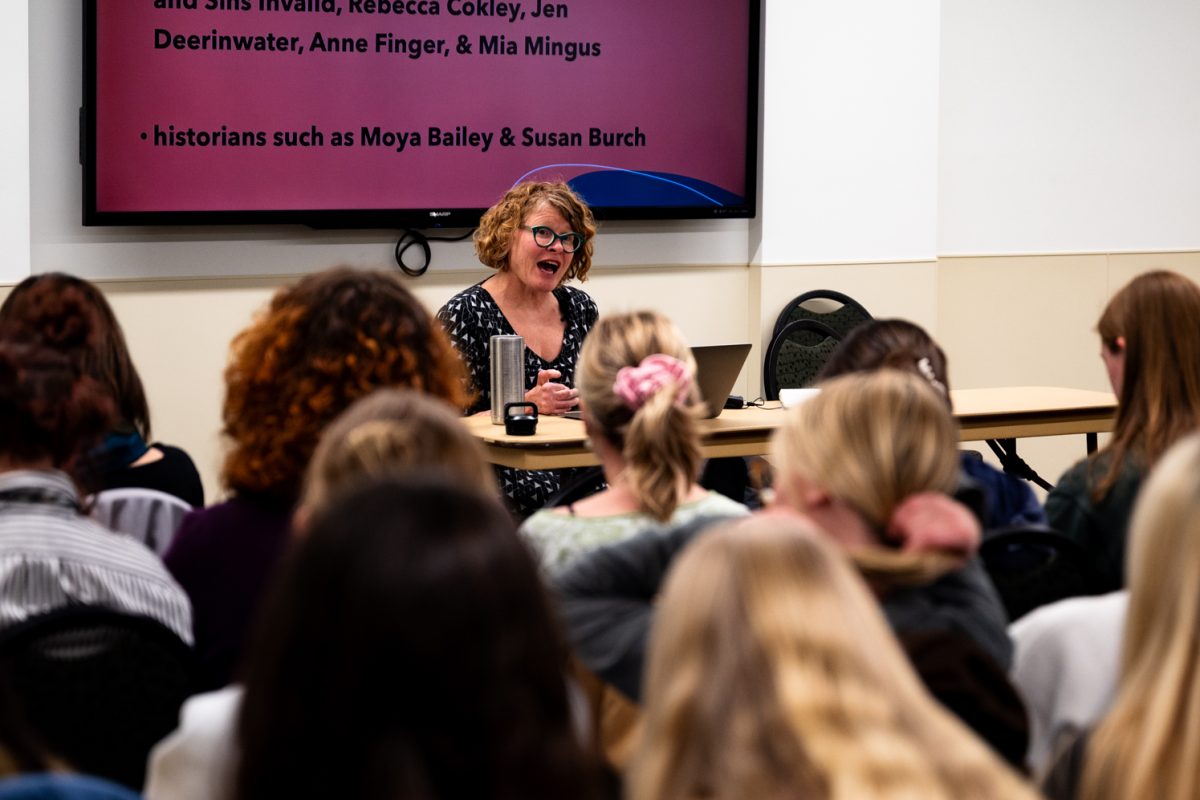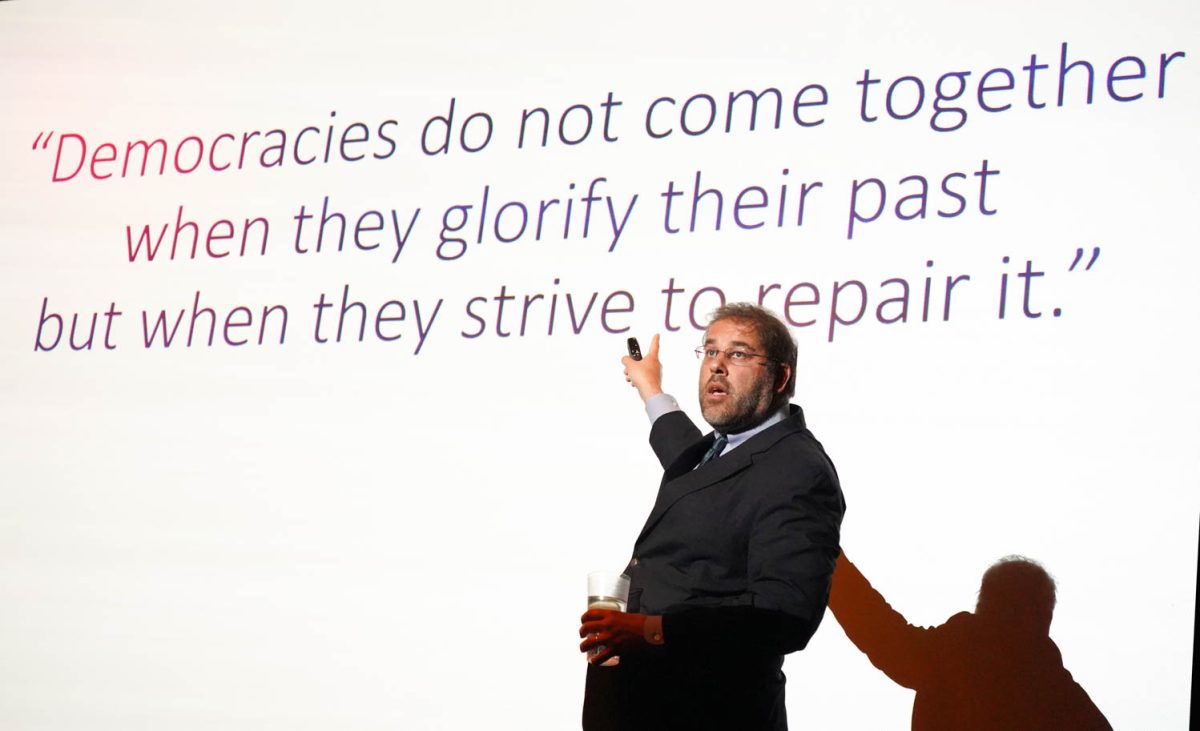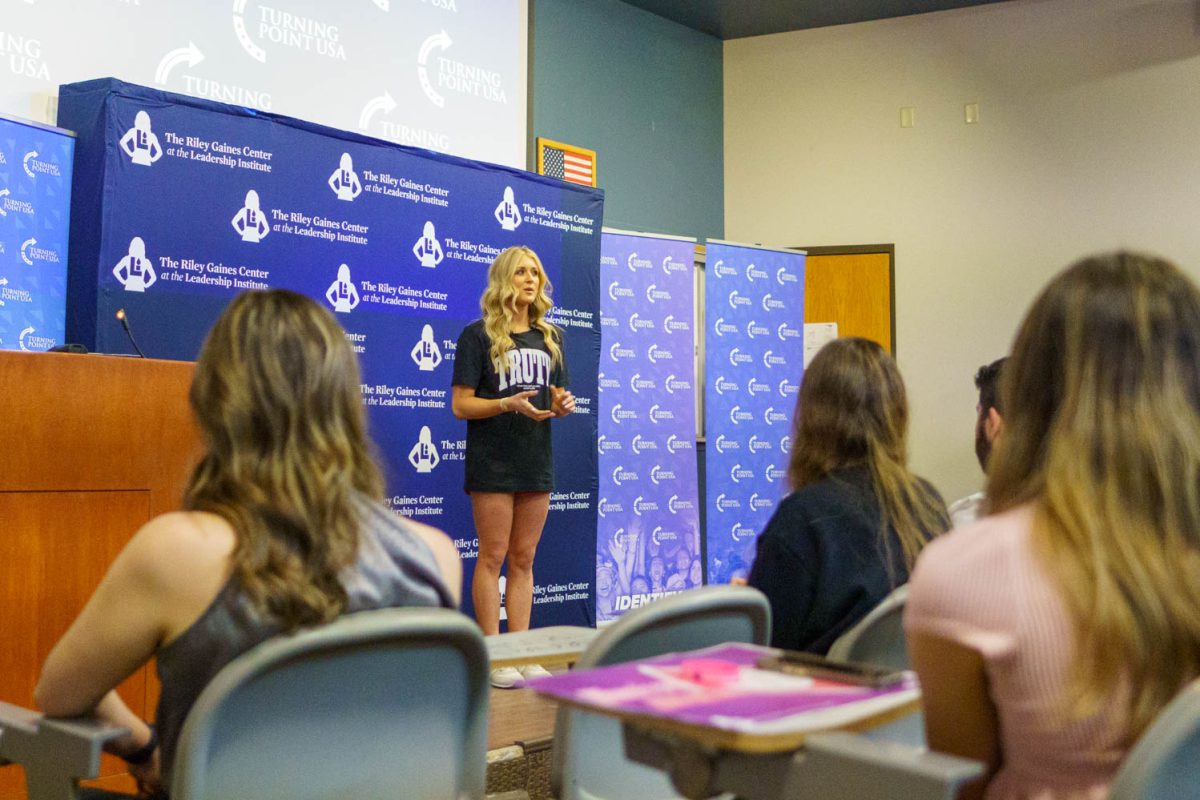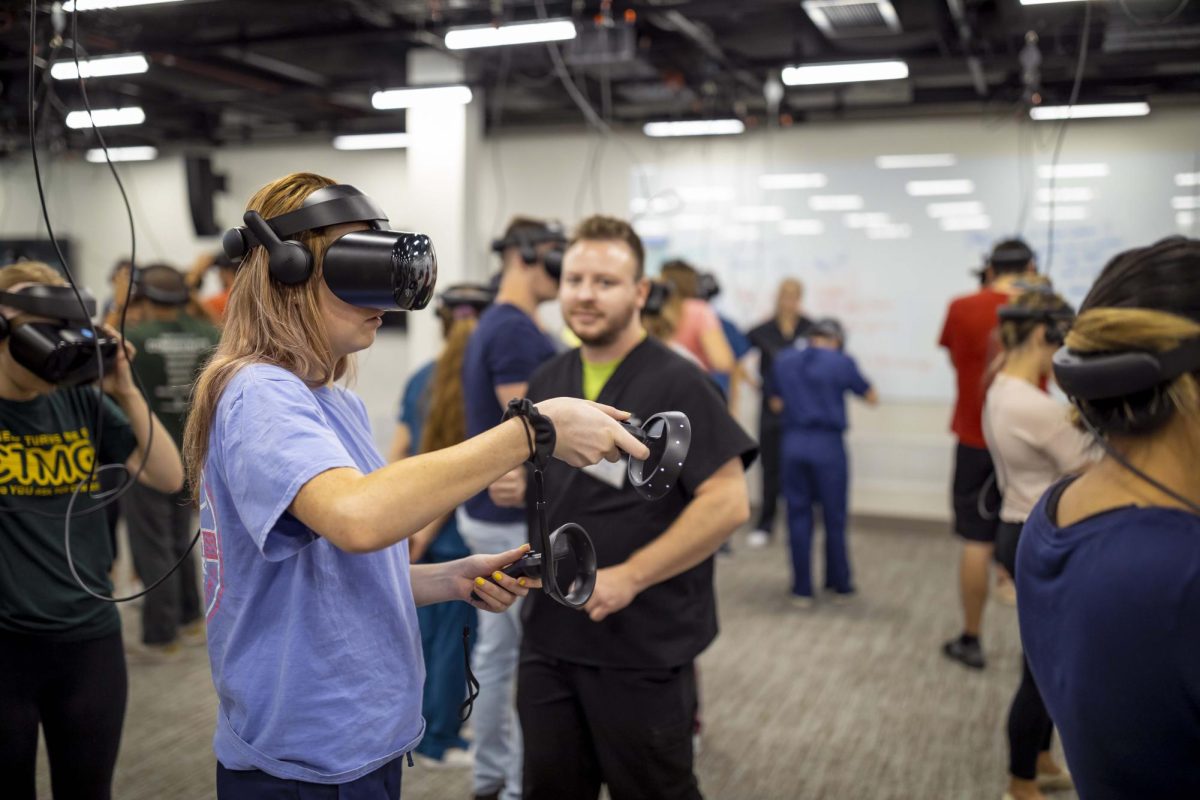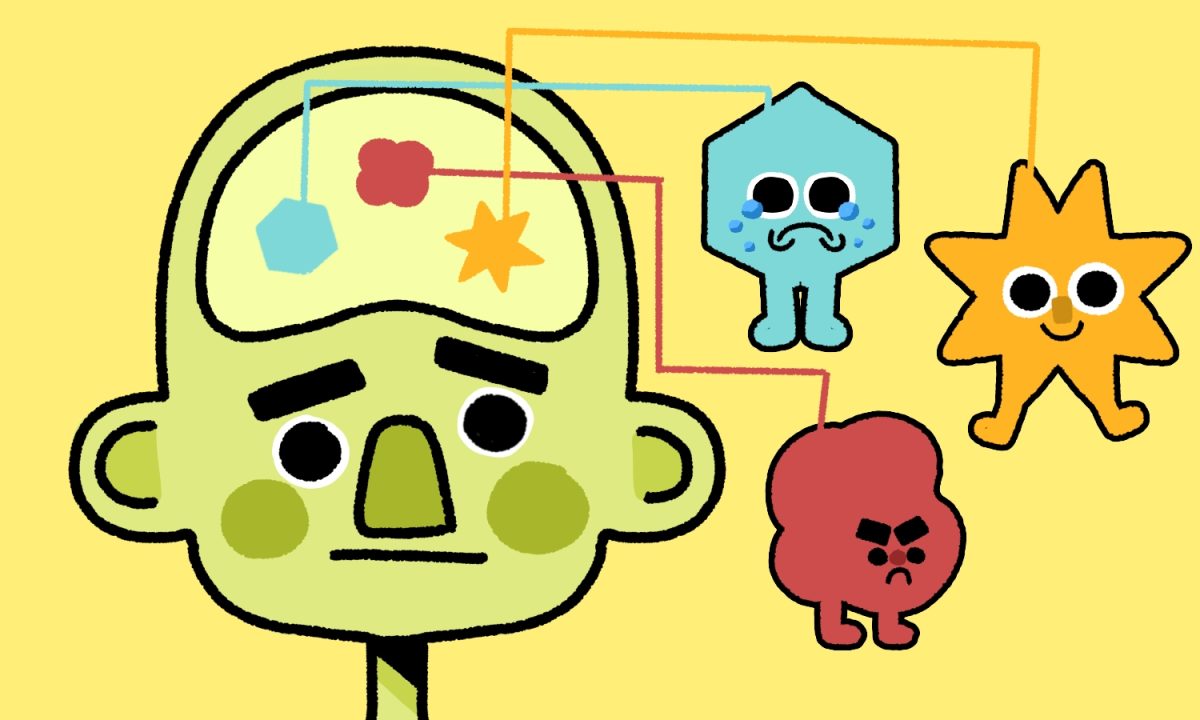For nutrition majors and interested students alike, Thursday evening in the Gifford Building was eye-catching, as the Holistic Health Alliance hosted Isabel Perez. Perez is a licensed professional counselor specializing in eye movement desensitization reprocessing therapy (EMDR).
“EMDR is a type of therapy that helps people heal from traumatic or disturbing life events,” Perez said. “It’s internationally recognized as an effective treatment for PTSD and so many other issues that can be targeted.”
Ad
Some other issues Perez listed included anxiety, depression, chronic pain, eating disorders and addiction. She personally treated clients with depression, anxiety, eating disorders, performance enhancement and weight management.
Perez explained the science behind EMDR and how the stimulation used in the therapy— eye movement, auditory or tactile— helps clients to eliminate their suffering and symptoms. EMDR activates the brain’s inherent processing system and allows stuck information, like unprocessed memories, to be processed and metabolized properly, Perez said.
“Bilateral stimulation is what activates this information processing system,” Perez said. “And, by bilateral stimulation, I mean any kind of stimulation on either side of your body that is alternating.”
Perez said the main goals of EMDR are not only to rid a client of symptoms, though that is what people usually look for. EMDR can also increase the ability to self-soothe, remain aware of the present and feel a range of emotions.
“(We want to) help them regulate their emotions and feel good and bad things,” Perez said.
Perez also stated some of the limitations for EMDR.
“It can’t change the past, obviously. It can’t erase a client’s memories,” she said. “It can change a client’s relationship to a memory but it can’t erase it.”
EMDR’s primary focus is on people currently living with trauma. Perez said trauma is not always the most intense situation one can imagine. Rather, she defined it as anything that leaves a lasting effect and that the brain perceives as negative.
“All trauma manifests in some way. If your brain perceives it as negative, it’s going to affect you whether you like it or not,” Perez said. “When it experiences something as disturbing or negative, your brain can get stuck and it won’t be able to metabolize that information properly.”
Ad
All trauma manifests in some way. If your brain perceives it as negative, it’s going to affect you whether you like it or not,”Professional counselor Isabel Perez
Perez said four types of reactions to trauma include avoidance, re-experiencing, hyperarousal and disconnection. A paper she handed out to the attendees stated EMDR may be an effective therapy treatment for any of them.
Later, Perez talked about the neurobiology research of EMDR. She said it affects multiple parts of the brain, leading to improvement in areas such as emotional regulation, flashbacks, intrusive thoughts, cognition, sleep and alertness.
Following her lecture, Perez performed a demonstration of EMDR with a volunteer from the audience. She asked him to focus on a positive thought and then tapped on his knees for a few moments. Afterward, she spoke with him about how he felt and he pointed out the ways his positive emotions were either cementing or changing.
At the end of her presentation, Perez spoke on what she has witnessed in her time working with this approach.
“It’s really cool to watch. Your brain wants to help you and it wants to take the strengths you already have and make it so that you can use them,” she said. “So it’s really amazing to watch the disturbance go down and then it’s just natural. There’s this realization of, ‘Oh, I can actually do this.’ It’s so amazing.”
Collegian news reporter Charlotte Lang can be reached at news@collegian.com or on Twitter @ChartrickWrites.







